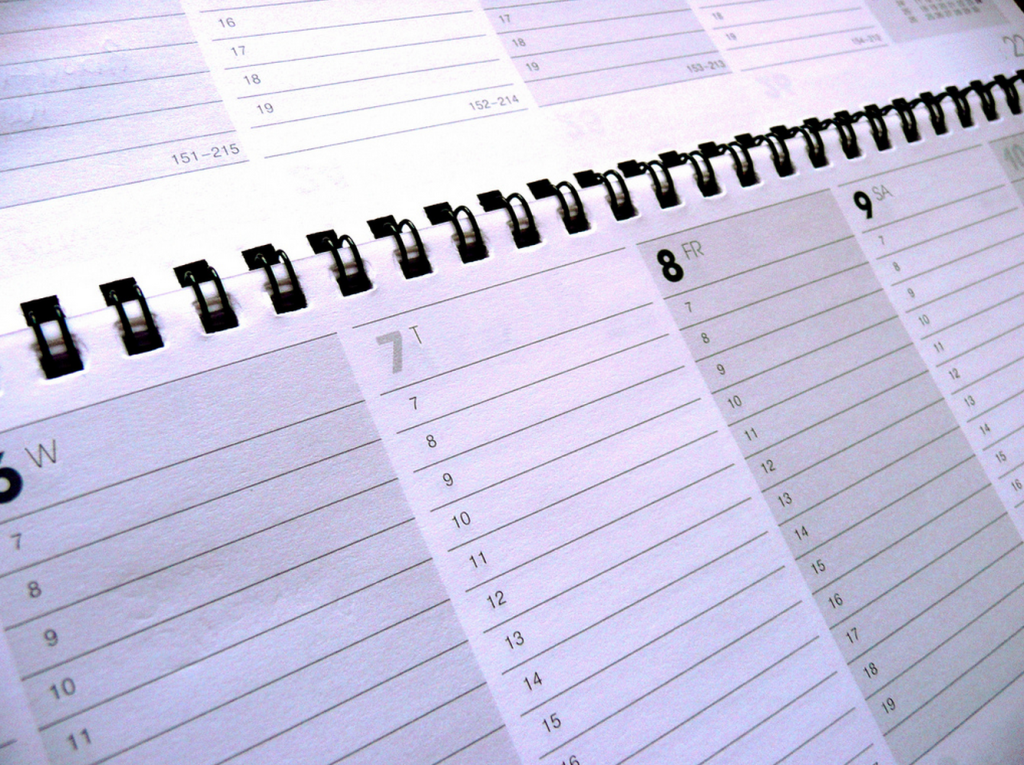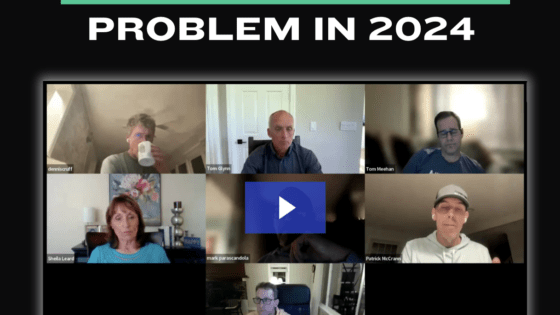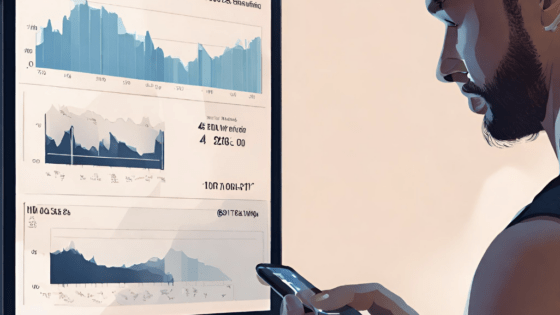Welcome to Part Two of the Season Planning Series: Determining Your Training & Focus Windows (Click here to read Part One).
Don’t Like Reading? Watch the video on the Endurance Nation YouTube Channel here.
Now that we have envisioned your race experience and have determined your current “performance delta” — baseline fitness vs desired race day performance — it’s time to start doing some basic math.
While almost anything is possible within the context of our sport, having time on your side is really important. The more time you have on your side, the more you can do. And let’s not forget one of our most important mantras: the Longer You Play The Game The Better You Get At The Game.
Let’s start by dividing your available time into two sections; your Training Window and your Focus Window.
Determine your Training Window
Your Training Window is the actual time from Training Start Day to Race Day, counting by weeks. Not the time you are doing this planning exercise, or some fictional date from the past (or future). It’s the day you actually did (or will) start training for your next race.
It sounds silly to be so specific, but many self-coached athletes use fuzzy math here. “I am already fit enough to start training!” or “I have rested plenty since last year!” or “I’ll start tomorrow, I swear!”
The quality of your season is directly related to how specific you can be here.
As an example, if you are racing Ironman® Wisconsin on September 9th and today is January 26th, you have a Training Window that is approximately 32 weeks long.
How Much Time Does A Beginner Triathlete Need?
Beginner long-course triathletes are defined as folks either doing their first Ironman® or 70.3 / Half event…or someone who is returning after an extended layoff. Your time off could be for injury rehab or it simply could have been a “not racing” break.
We recommend that you have a Training Window between 9- to 12- months (36 to 48 weeks) available to you. It’s not mandatory, but it is recommended.
How Much Time Does An Experienced Triathlete Need?
Experienced triathletes are defined as folks who raced competitively last season and have several races of the upcoming “A” race distance already under their belt. Racing this season is less about wrapping their heads around finishing and more about making the tweaks and changes to improve / refine their performance.
We recommend that you have a Training Window between 6- to 9- months (24 to 36 weeks) available.
Additional Training Window Thoughts
Events in the Training Window are generally fun and complementary to your training goals. Think an early season Half Marathon or a mid-season Century Bike Ride. These events can contain volume, and will supplant your training — on that “event day” you won’t train you’ll simply do that event.
Remember that the bigger the “performance delta” you defined in Part One, the bigger your Training Window needs to be! You’ll simply need more time to make your goal a reality!
Determine your Focus Window
The Focus Window is the final part of your Training Window, leading into your race. Within Endurance Nation, the Focus Window is synonymous with Race Preparation phase — a 12-week build up to your “A” race.
So if your Training Window is 9-months (36 weeks) long, and the last 3 months (12 weeks) is your Focus Window, you’ll have six (6) months to train up for the final three (3) month build into your race.
Why Three Months of Focus?
Over the years, we have found that most age group triathletes can focus for a maximum of three months. Anything longer than three months places unreasonable stress and pressure on your already overloaded schedule and system.
That said, the more experienced you are, the greater your ability to focus for longer. This is mainly because you have already spend serious time focusing on your race. Some veteran triathletes can go as long as four or five months with a specific race focus. These athletes typically don’t race very much outside of their “A” races as it’s not really needed to keep them going.
What Are Good Focus Window Events?
Events in within the Focus Window should be race specific and are subjugated to your training.
So if you are training for an Ironman®, you might do a 70.3 or Half Iron during this window, but you will need to make sure it fits your training window. We wouldn’t want to displace a critical Race Rehearsal workout, for example. And we absolutely want to make sure you have time to recover from the effort as you continue towards your big race.
Additional Training Window Thoughts
The bigger the “performance delta” you defined in Part One, the more focused you need to be here. This is crunch time, and there’s little wiggle room for you to ignore the work required to sharpen and achieve the goals you set our for yourself!
Stay Tuned for the Next Post In This Series…
Endurance Nation Coach Chat: Patience & Discipline — The Art of Season Planning Part 3 of 4: Critical Performance Components…in this post we’ll talk about what elements you can and should focus on across your season!





Leave a Reply